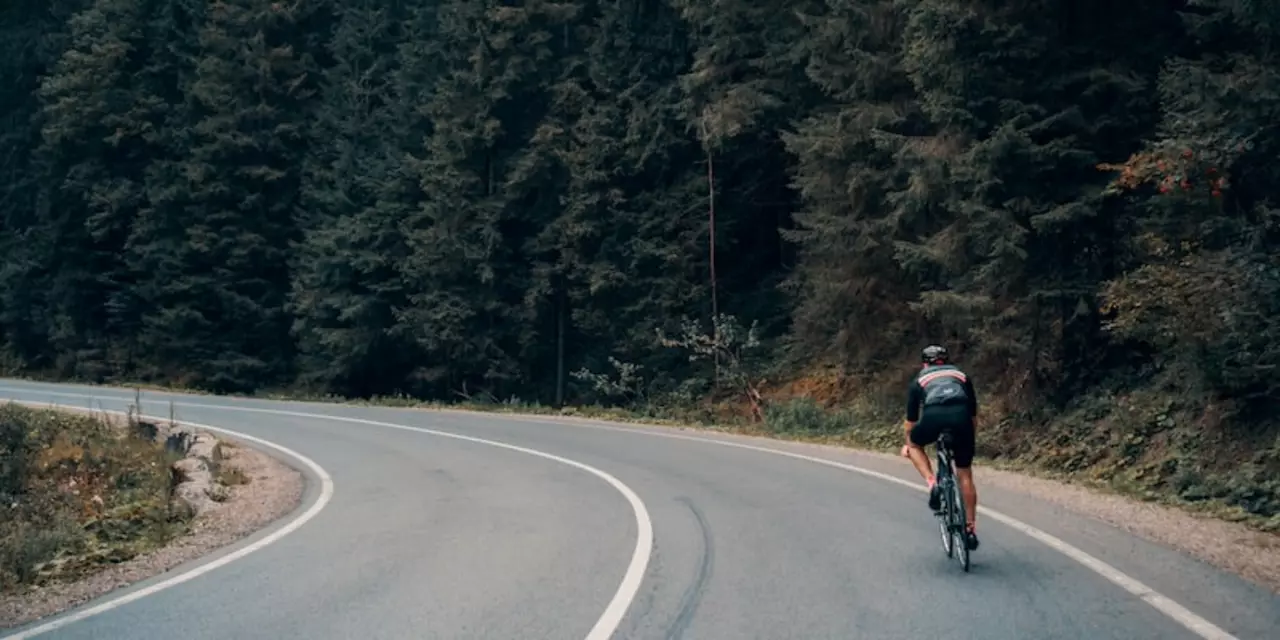Hygiene Tips Every Cyclist Should Know
Riding a bike is great, but if you ignore hygiene you’ll end up feeling sore, smelling bad, and even getting skin issues. Below are simple habits that fit right into your routine, whether you’re doing a 5 km commute or a 200 km tour.
Personal Clean‑up After the Ride
First thing after you stop pedaling: wipe down sweaty areas with a soft towel. A quick wipe removes salt and prevents chafing. If you’ve been out in the rain, change out of wet clothes as soon as possible – staying damp invites skin irritation and bacterial growth.
Take a short shower or at least a quick rinse. Use a mild soap, focus on the groin, armpits, and feet. A clean body feels better, and it lowers the risk of fungal infections that love damp socks.
Don’t forget your shoes. Slip a piece of newspaper or a shoe‑dryer insert inside while they dry. This speeds up airflow and stops odor from building up. If you ride often, rotate between two pairs of shoes so each has time to dry fully.
Bike Cleanliness Keeps You Comfortable
The bike itself can be a hygiene problem. A dirty chain attracts grime that can rub into your legs, and a filthy saddle can harbor bacteria. Keep a small bottle of chain cleaner and a rag in your kit bag. A quick wipe after a ride, especially if you’ve been in mud, makes a big difference.
Check your tires and rims for dirt that could splash onto your clothes. A clean frame also looks better – and you’ll feel proud of your ride.
Don’t overlook the handlebars and brake levers. Sweat builds up there and can make your grip slippery. A damp cloth with a little alcohol works well, but let it dry before you grab the bars again.
For longer trips, bring a portable spray bottle of diluted bike‑safe cleaner. A short spray and a wipe after each day keeps the bike fresh and reduces the chance of rust.
Clothing Choices That Help Hygiene
Invest in quality bike shorts with a good chamois. The padding reduces friction and wicks away moisture, which means less rubbing and fewer saddle sores. Wash shorts after every ride – even if they look clean, sweat stays trapped in the fabric.Wear breathable, moisture‑wicking jerseys. Cotton traps sweat and can cause skin irritation. Synthetic fabrics pull sweat away from your skin and dry faster, keeping you cooler and cleaner.
If you ride in hot weather, carry an extra pair of socks. Switching socks midway prevents blisters and stops your feet from getting soggy.
Small Extras That Make a Big Difference
Keep a small pack of chamois cream or anti‑chafe balm. A dab on the thighs before you put on shorts prevents friction, especially on longer rides.
Carry a travel‑size hand sanitizer. If you can’t shower right away, a quick rub on your hands and face cuts down on germs.
Lastly, stay hydrated. Proper hydration reduces sweat concentration, which means less sticky residue on your skin and bike.
These habits only take a few minutes each day, but they add up to a cleaner, more comfortable ride. By treating both your body and your bike with a little extra care, you’ll ride longer, feel better, and skip the post‑ride grogginess that comes from neglecting hygiene.
Do cyclists wear underwear?
This article addresses the question of whether cyclists need to wear underwear when riding a bike. According to experts, the answer is yes, because cyclists should wear clothes that are comfortable and provide the necessary support and protection, including underwear. Wearing underwear prevents chafing, which can be caused by the friction of clothing against the skin while cycling. Additionally, underwear can provide extra support, especially for long rides and provide a layer of protection from the elements. Lastly, the type of underwear worn is important, as the wrong type can lead to discomfort and other issues.
More